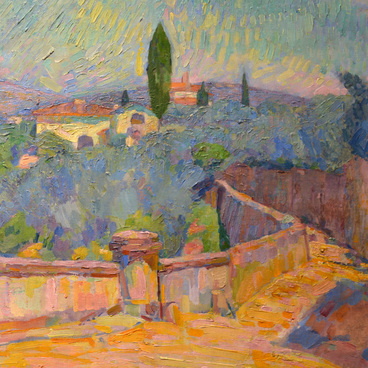The Great Martyr Panteleimon (Pantaleon) the Healer is one of the saints widely revered by the Church. In Russia many churches and monasteries are named after him. The saint was born in 275 in the Greek city of Nicomedia in the province of Bithynia (the southern coast of the Marmara and Black Seas). Now it is the Turkish city of Izmit. He came from a wealthy family, his father was a pagan, and his mother, who died early, was a Christian.
After graduating from school, his father sent Panteleimon to study under Euphrosynos, the court doctor of Emperor Maximian (at that time he lived in Nicomedia). Panteleimon visited the court of the emperor with his teacher, who liked him, and he wished Panteleimon to become his doctor after graduation. But Panteleimon’s life turned out differently.
He met the priest Hermolaus, from whom he again learned the teachings of Christ that he heard as a child from his mother, and was baptized. Panteleimon received the gift of healing from God. He prayed and could heal people who were sick without any medicines; he did not charge them. Panteleimon’s fame as a healer spread throughout the city: more and more patients sought to see him. Moreover, after the death of his father, the young man gave a lot of money to the poor.
Other doctors who were envious of him informed Emperor Maximian, a cruel persecutor of Christians, that Panteleimon healed people in the name of Christ. Maximian summoned the young man to himself, wanting to force him to renounce the true God. Panteleimon refused, after which the ruler ordered to kill him.
In this waist-length image, in his hands the saint
holds symbolic objects of healing — a casket with medicine and a spoon. He is
dressed in a green chiton with a brown neckpiece and cuffs; over the chiton is
a glittering gold himation. White dots stand out against the dark background of
the fabric. Panteleimon’s face is painted with dark shades of ocher. The image
is painted on a darkened olive-green background, framed by even darker margins.
Perhaps, by using these techniques, the master wanted to give the icon the
appearance of an “ancient image”, as they say, “antique”. The small size of the
icon (35 centimeters in height) indicates that it was displayed at one’s home.


